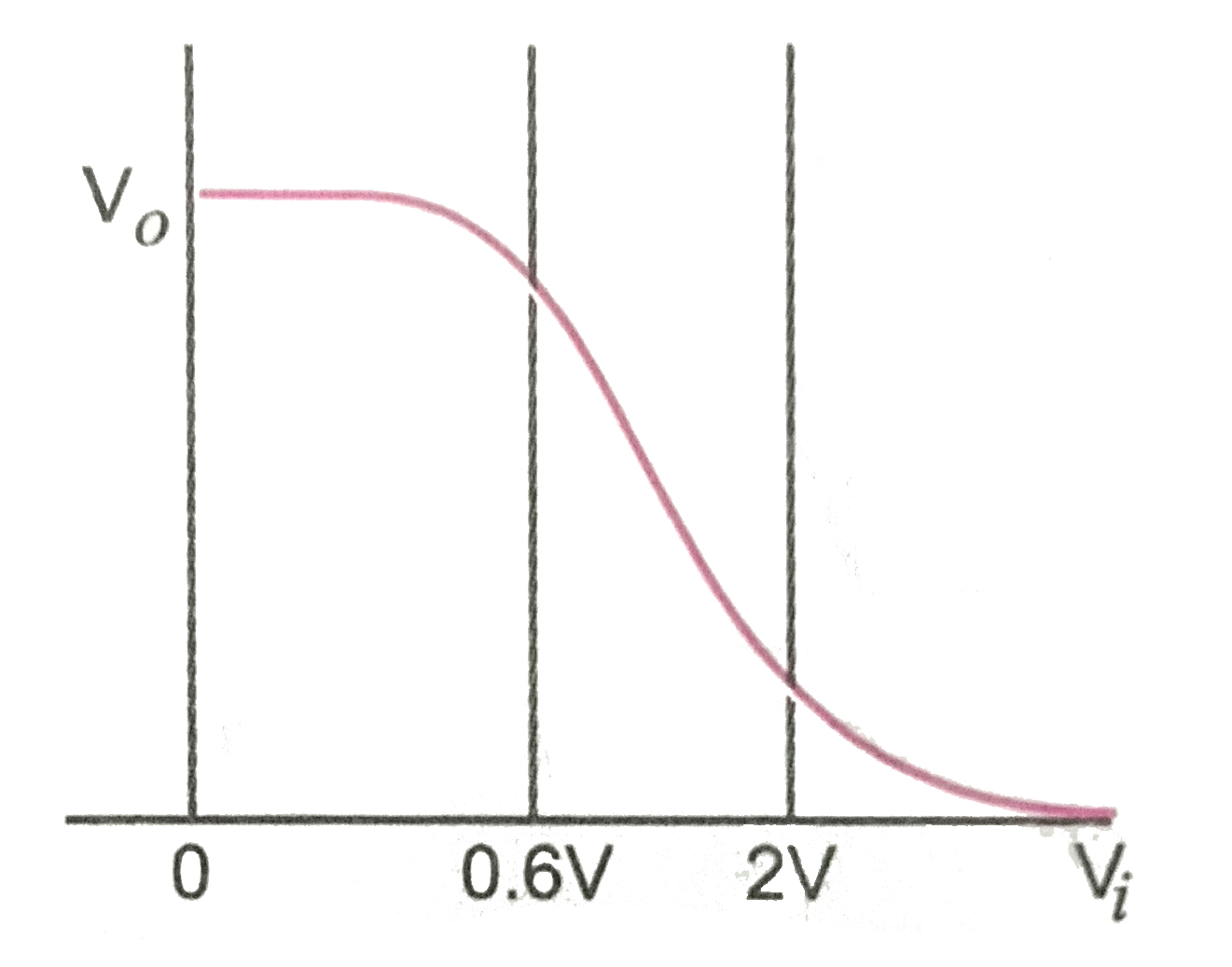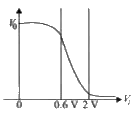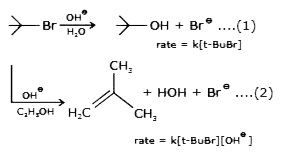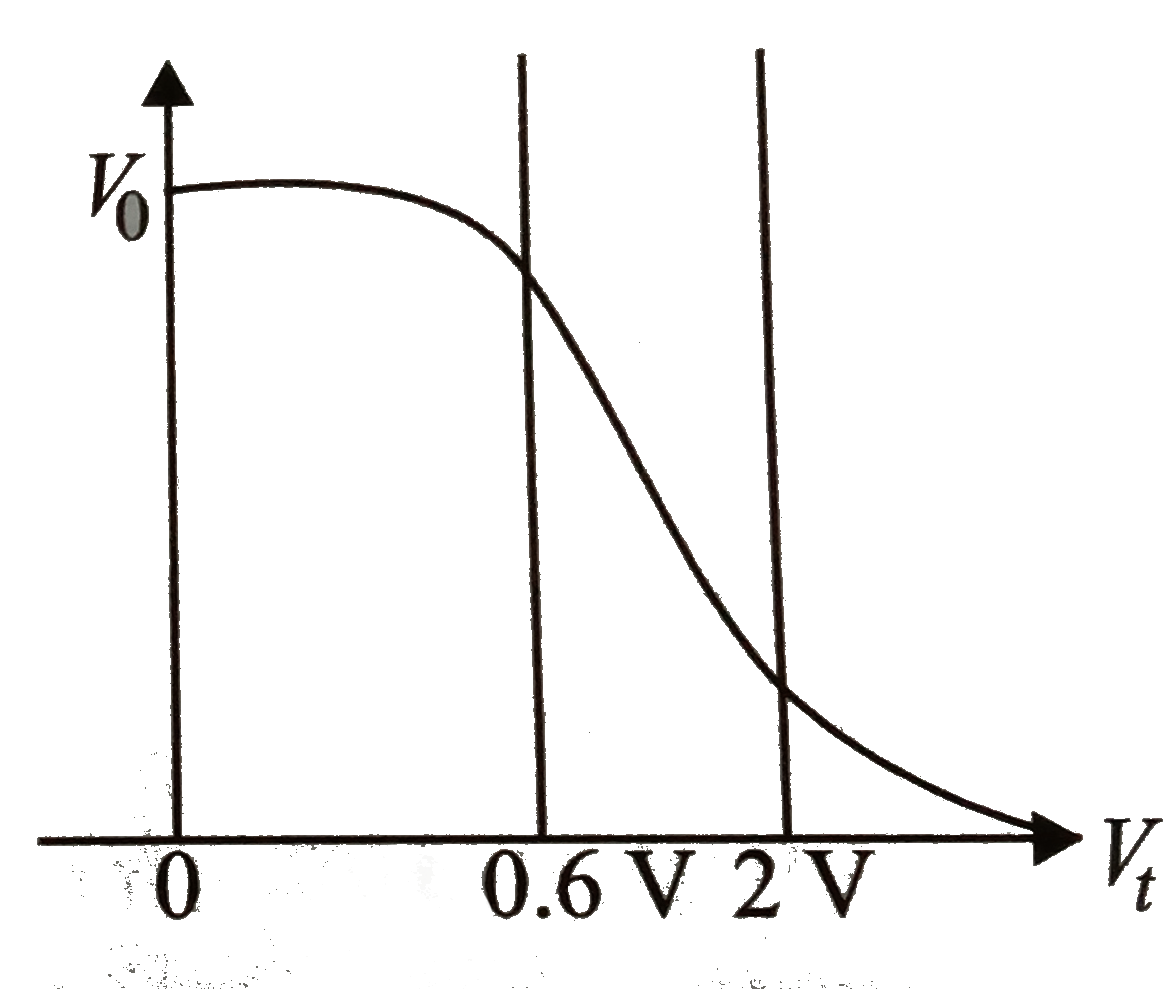The below given figure shows the transfer characteristics of a biased CE transistor which of the following statement are true

at Vi=0.4 transistor is in active state
at Vi=1 V it can be used as an amplifer
at Vi=0.5 V it can be used as a switch turned off
at Vi=2.5V it can be used as a swithc turned on
At Vi=0.4V there is no current and transistor is in cut off state not in active state so option
At Vi=1 V transistor is used as an amplifier as it in active state
at vi=0.5V colllector current is zero and transistor is in cut as a switch truned off
At Vi=2.5 v maximum collector current is obtained the transistor and can be used as a switch turned on
Topper's Solved these Questions
- BOOK - MODERN PUBLICATIONCHAPTER - SEMICONDUCTOR ELECTRONICS METERIALS DEVICES AND SIMPLE CIRCUITS EXERCISE - CHAPTER PRACTICE TEST FOR BOARD EXAMINATION12videos
SEMICONDUCTOR ELECTRONICS METERIALS DEVICES AND SIMPLE CIRCUITS
- BOOK - MODERN PUBLICATIONCHAPTER - SEMICONDUCTOR ELECTRONICS METERIALS DEVICES AND SIMPLE CIRCUITS EXERCISE - COMPETION FILE (NCERT EXEMPLAR PROBLEMS :MULTIPLE CHOICE QUESTION TYPE -I)8videos
SEMICONDUCTOR ELECTRONICS METERIALS DEVICES AND SIMPLE CIRCUITS
- BOOK - MODERN PUBLICATIONCHAPTER - RAY OPTICS AND OPTICAL INSTRUMENTSEXERCISE - CHAPTER PRACTICE TEST14videos
RAY OPTICS AND OPTICAL INSTRUMENTS
- BOOK - MODERN PUBLICATIONCHAPTER - WAVE OPTICALEXERCISE - CHAPTER PRACTICE TEST7videos
WAVE OPTICAL
Similar Questions
Knowledge Check
- Question 1 - Select One or More
Fig.shows that transfer characteristics of a base biased CE transistor. Which of the following statements are true?
 AAt Vi=0.4V, transistor is in active stateBAt Vi=IV, it can be used as an amplifierCAt Vi=0.5V, it can be used as a switch turned offDAt Vi=2.5V, can be used as a switch turned on
AAt Vi=0.4V, transistor is in active stateBAt Vi=IV, it can be used as an amplifierCAt Vi=0.5V, it can be used as a switch turned offDAt Vi=2.5V, can be used as a switch turned on - Question 2 - Select One
Fig.shows that transfer characteristics of a base biased CE transistor. Which of the following statements are true?
 AAt Vi=1V, it can be used as an amplifierBAt Vi=0.5V, it can be used as a switch turned offCAt Vi=2.5V, it can be used as a switch turned onDAll of these
AAt Vi=1V, it can be used as an amplifierBAt Vi=0.5V, it can be used as a switch turned offCAt Vi=2.5V, it can be used as a switch turned onDAll of these - Question 3 - Select One
Figure shows the transfer characteristics of a base biased CE transistor. Which of the following statements are true ?

(A) At V1=0.14V transistors is in active state
(B) At V1=1V it can be used as an amplifier
(C) At V1=0.5V, it can be used as a switch turned off
(D) At V1=2.5V, it can be used as switch turned onAA,B,CBB,C,DCA,C,DDA,B,D
The transfer characteristics of a base biased common in the figure. Which of the following statements are true?
 View Solution
View SolutionWhich of the below given statements stands true?
View SolutionIn the given figure PQRS is a parallelogram. Which of the following statements is true
 View Solution
View SolutionConsider the reaction sequence given below :

Which of the following statements is true :View SolutionWhich of the following statement is true for the structure given below ?
 View Solution
View Solution

